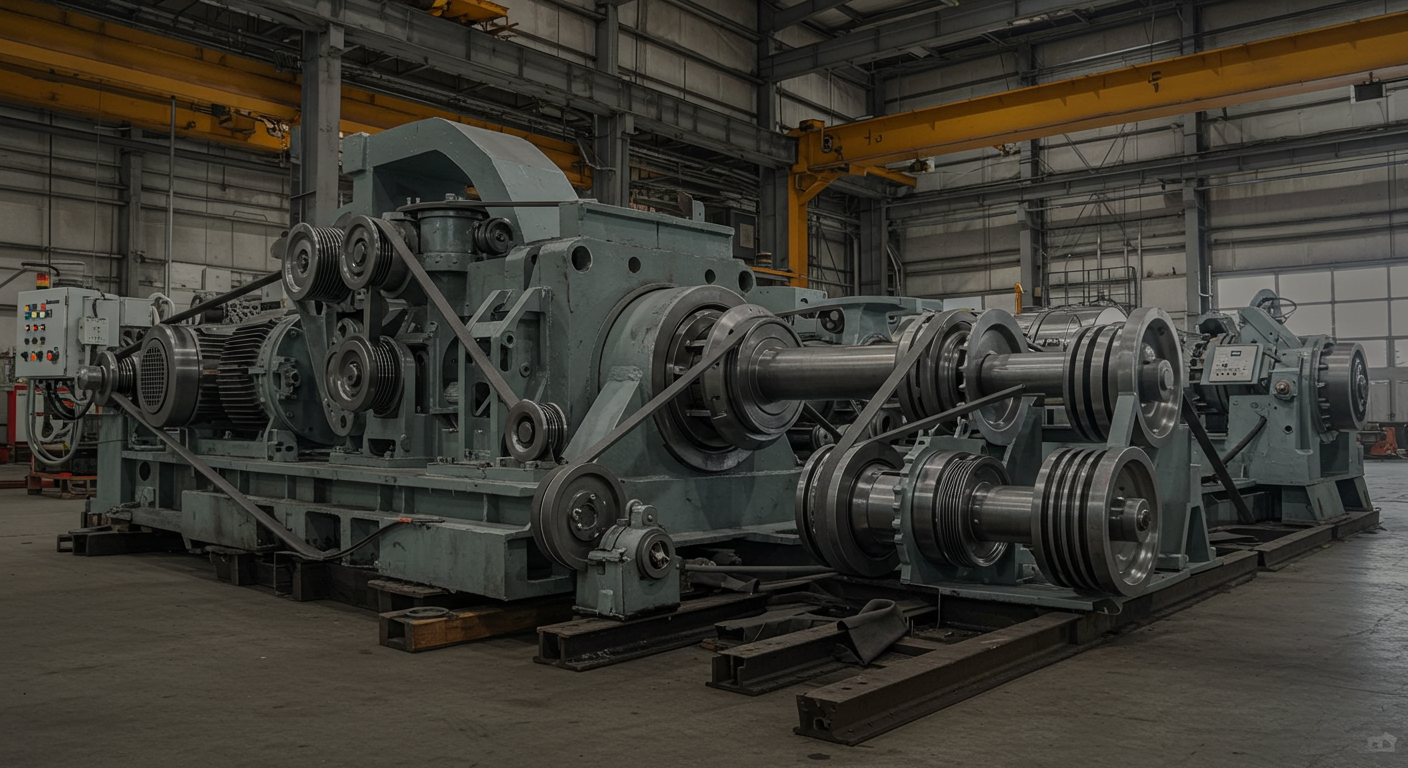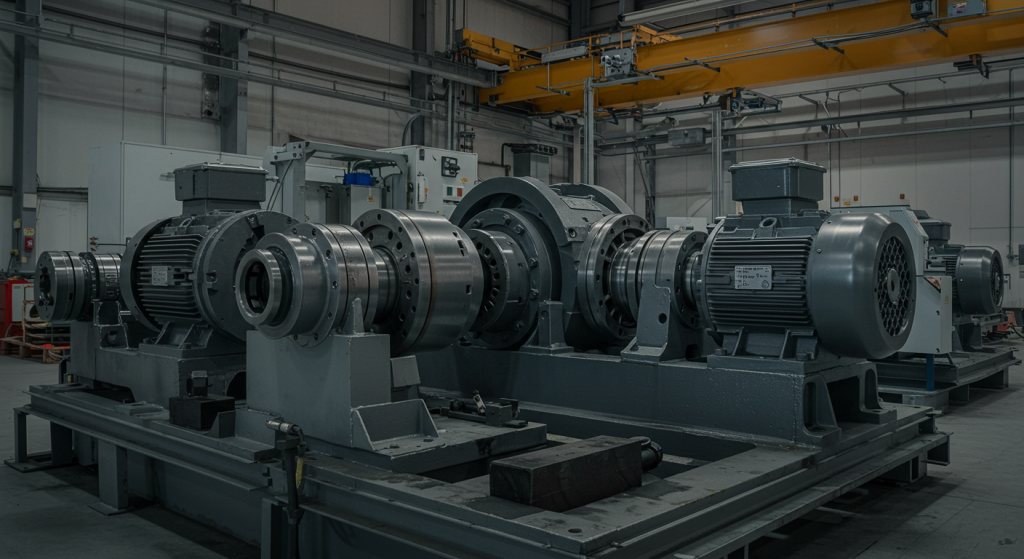
In industries such as mining, manufacturing, and various other industrial sectors, the selection of power transmission components plays a crucial role in achieving operational efficiency. These elements are the unsung heroes that connect moving parts of machinery, providing the reliability and performance necessary for smooth operations. But how do you choose components that are truly durable and efficient? This article delves into the best practices for selecting robust power transmission components.
Understanding Power Transmission Components
Power transmission components include belts, pulleys, chains, and sprockets. Each component has a specific performance requirement and is integral to the efficient running of machinery. With many options available, understanding their functionalities is the first step towards making informed choices.
Key Components to Consider
- Belts: Essential for transferring power between shafts. V-belt and flat belt designs are commonly used.
- Pulleys: These assist in changing the direction of power transmission and often facilitate variable speed operations.
- Chains: A more durable option for power transmission in heavy-load applications.
- Sprockets: Help in the accurate and consistent movement in systems utilizing chains.
Factors that Influence Durability
Several key factors play a role in determining the durability of a product or material.
Material Quality
The choice of material is paramount. High-quality steels, composites, or polymers contribute significantly to the overall durability of components. Look for items manufactured by reputable brands that are known for producing long-lasting products. Materials should also be resistant to wear, corrosion, and the conditions specific to your industry.
Design and Engineering
Another important factor is the design and engineering behind the components. Innovative designs, such as the patented Zip Chain Actuators, ensure efficient operation while minimizing the risk of failure under high stress. Properly-engineered products can significantly extend service life, thus reducing costly downtime.
Implementing a Maintenance Program
As vital as choosing the right components is maintaining them. An effective preventive maintenance program can drastically improve productivity levels and ensure operational safety. Regular checks for wear and tear, addressing noise and vibrations, and proper training for your maintenance team are crucial.
Signs of Poor Maintenance
Neglecting maintenance can lead to severe outcomes, including:
- Increased noise and vibration levels
- Frequent machine downtimes
- Potential safety hazards
- Higher operational costs
Finding Expert Solutions
Discovering the right solutions often requires guidance from knowledgeable and experienced professionals.
Quality Brands and Specialists
Seek out reputable brands that provide excellent support services. Companies offering specialized consultation and engineering support can help you not just with the purchase, but also ensure proper installation and maintenance. It’s imperative to collaborate with transmission product experts who can assess your specific needs.
Regular Training for Staff
Investing in training for your workforce can greatly minimize operational risks associated with component failure. Regular training sessions focusing on the maintenance of belts and pulleys can empower your team to maintain these components effectively, thus optimizing their lifespan.
Cost Considerations
While it may be tempting to opt for more affordable components, remember that quality often trumps cost in the long run. Reliable, durable components can lead to significant savings due to:
- Reduced downtime and maintenance costs
- Increased lifespan and productivity
- Enhanced safety for operators
Total Cost of Ownership
An insightful approach to evaluate the selection is to consider the total cost of ownership. This includes not just the initial price, but also maintenance, expected lifespan, and potential operational risks associated with inferior products.
In today’s competitive landscape, choosing the right power transmission components is key to the efficient functioning of machinery. By prioritizing quality, implementing a solid maintenance strategy, and working with knowledgeable suppliers, you can significantly enhance both reliability and productivity.
For high-quality products and excellent service, look towards Ontario Belting, your reliable partner in durable power transmission solutions.

